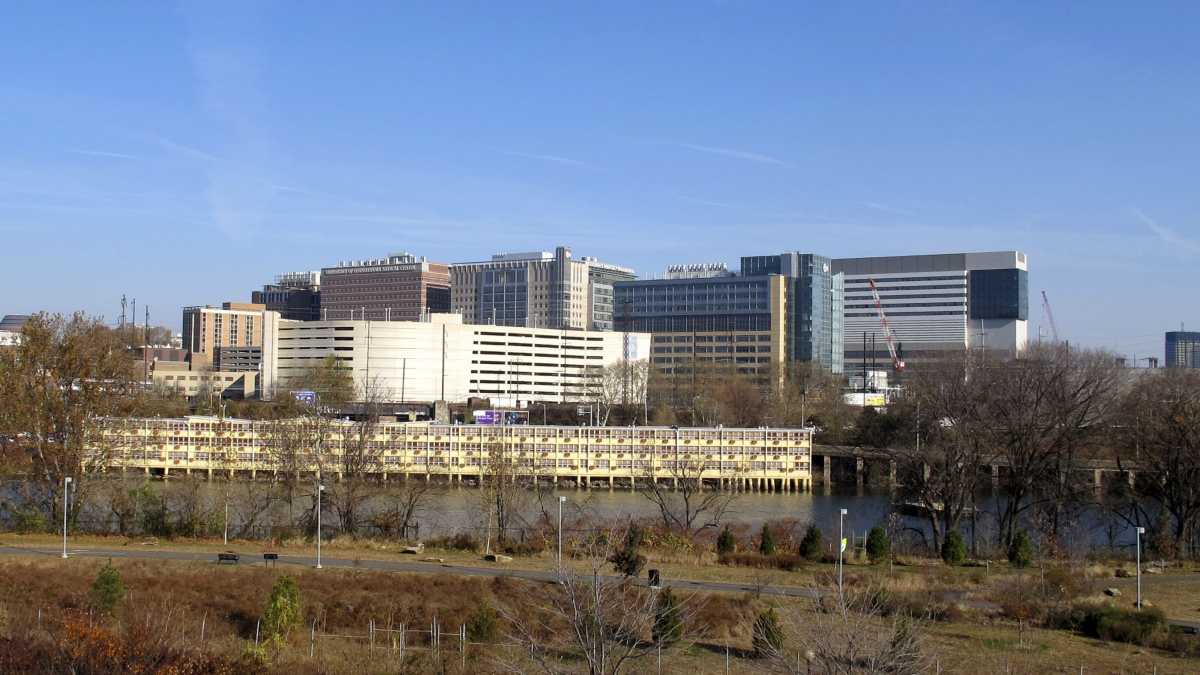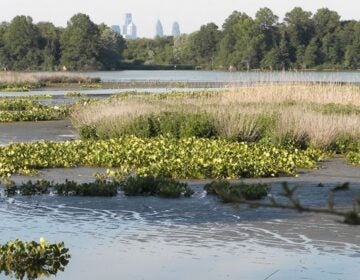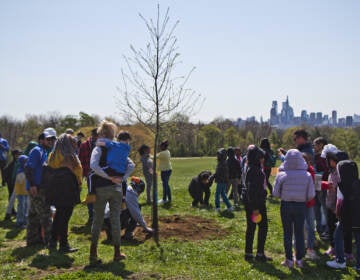Keystone Crossroads: When it comes to buffer areas around streams, advocates say size matters

A few years ago, when Philadelphia was on the homestretch of rewriting its zoning code, there was a brief kerfuffle over one of the rules that was under debate.
The rule was related to stream buffers, or riparian buffers, which require a certain amount of space to be set aside between new development and the banks of the city’s rivers and streams. Specifically, how big should they be? Environmental advocates favored a bigger buffer, and developers, of course, favored a smaller one. The city eventually settled on 50 feet. (Then briefly disagreed, then agreed again.)
But why do cities enact these buffers in the first place? It’s about water quality, for the most part.
In terms of keeping water sources clean of toxins and pollutants, there aren’t many tools that rival nature. Stormwater runoff rushing toward a waterway is slowed and often absorbed altogether if there’s a solid patch of native plants near the bank. Building permanent structures in that area prevents that growth, and allows whatever’s floating in the runoff—like leaked gasoline or other vehicle fluids carried off of a parking lot or driveway—to flow directly into the water. Letting vegetation grow also strengthens streambanks and prevents erosion.
Property owners sometimes don’t like these rules because they see them as interfering with their rights to do what they want with their land. Last year, former Governor Tom Corbett signed a state law that removed a required 150-foot buffer adjacent to the state’s cleanest forested waterways, those deemed to be of “exceptional value.” The bill was supported by the Pennsylvania Builders Association.
In cities, the value of waterways tends to be less exceptional, and so the buffers tend to be shorter. Philadelphia’s 50-foot buffer applies to all the waterways in the city. Buildings that were built in the buffer zone before the law went into effect are grandfathered in, but they’re only allowed to expand so much.
In Pittsburgh, a riverfront zoning overlay requires new development to be set back at least 50 feet from the Allegheny, Ohio, and Monongahela rivers. Allentown includes a vegetated buffer as a “best practice” in its land development code.
WHYY is your source for fact-based, in-depth journalism and information. As a nonprofit organization, we rely on financial support from readers like you. Please give today.






